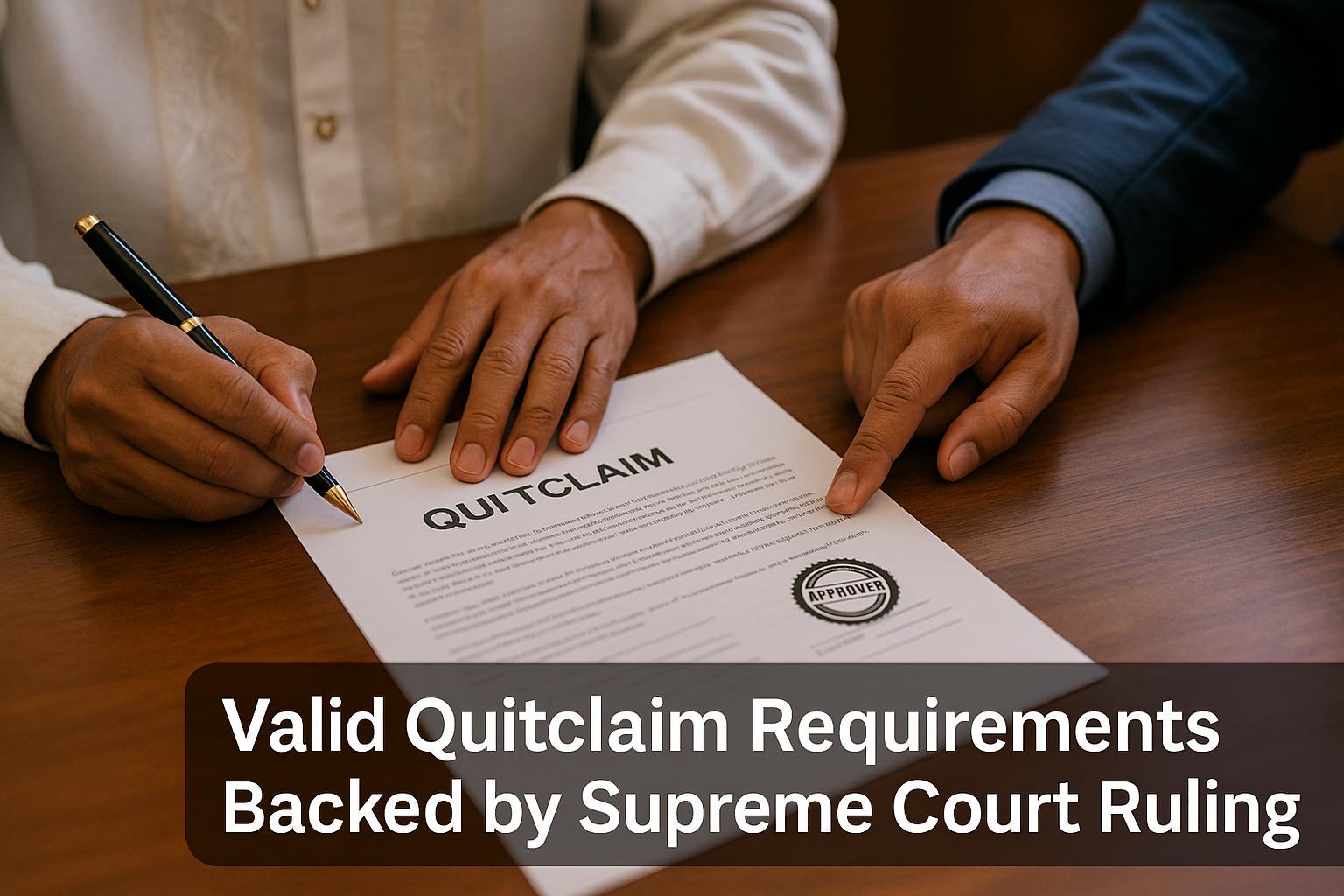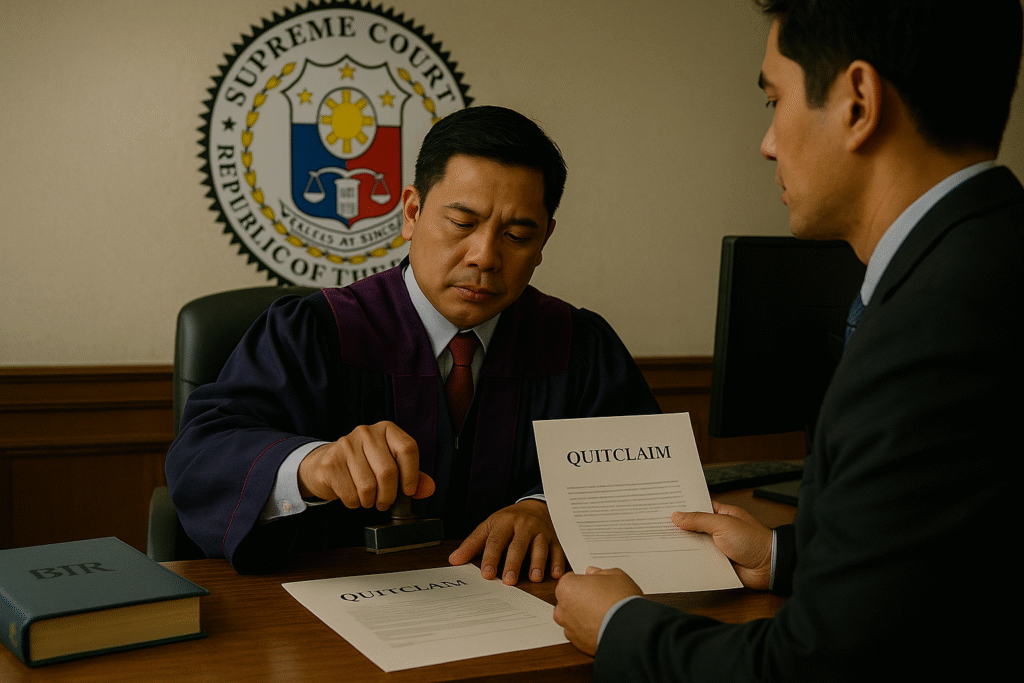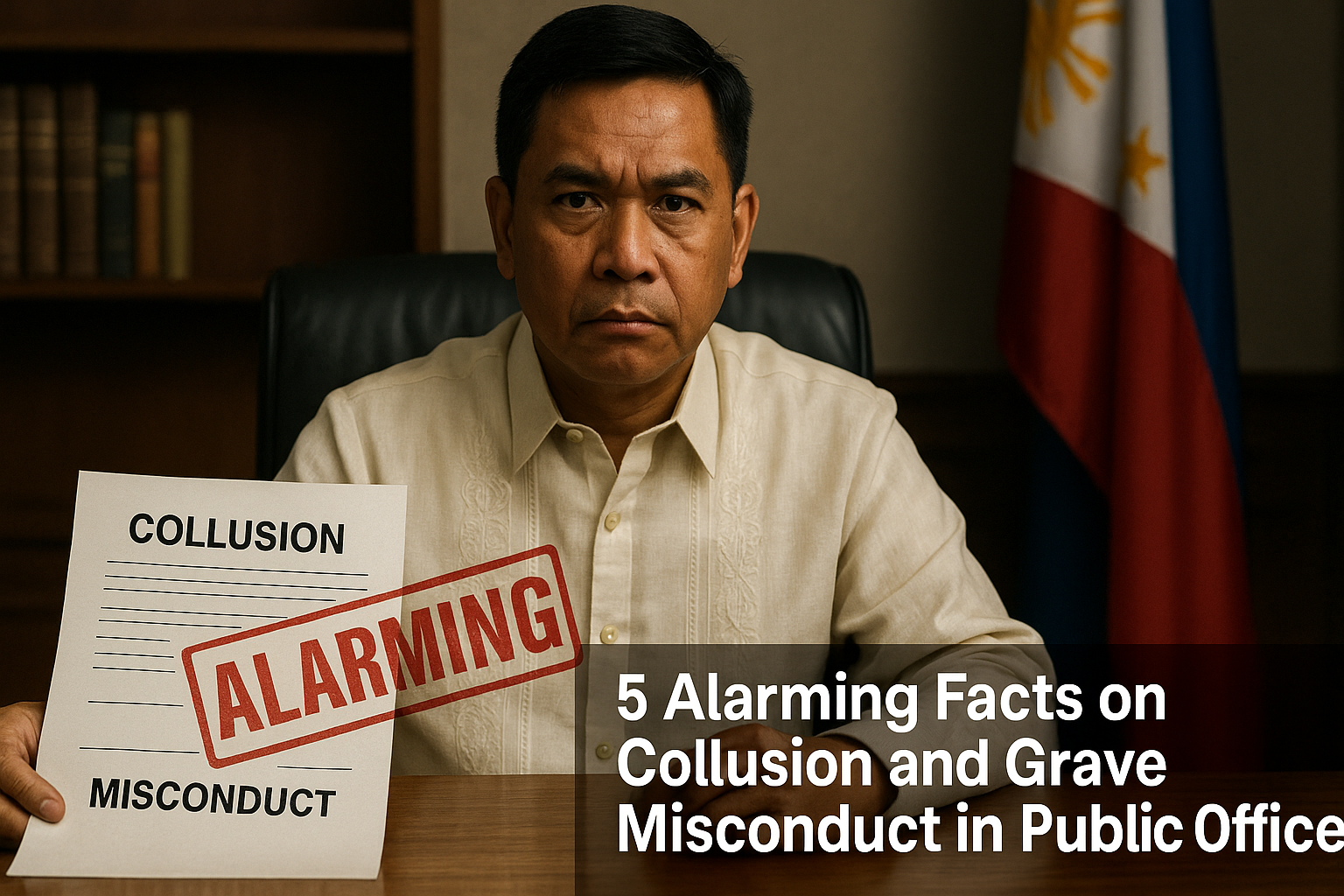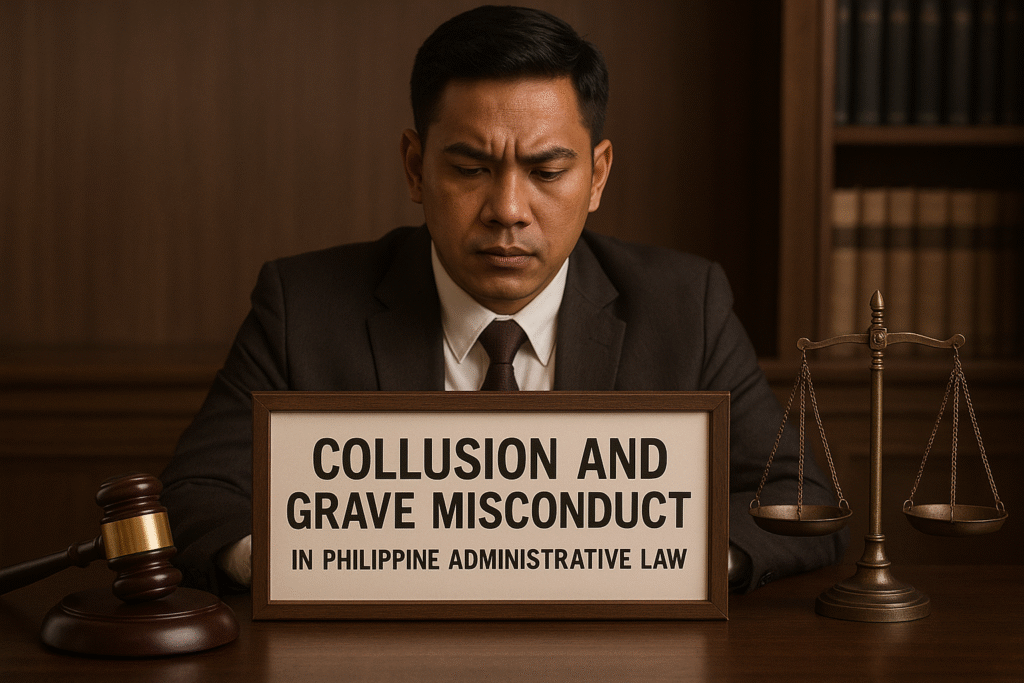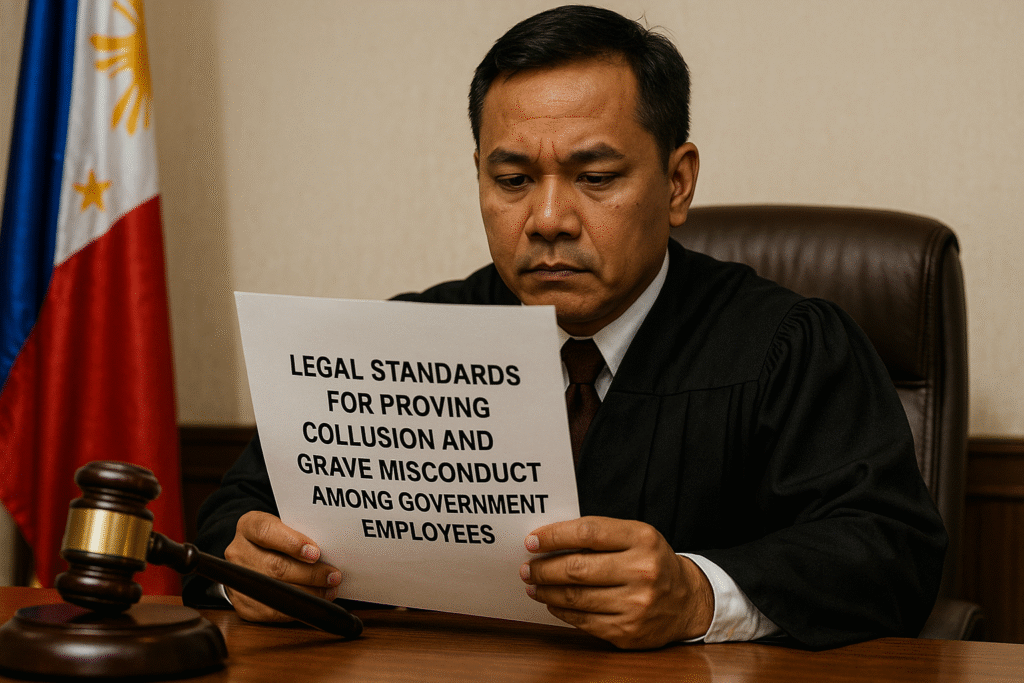
Alt text: constructive dismissal case involving employee transfer
July 26, 2022
Companies have management prerogative to regulate all aspects of employment which includes the right to prescribe to its employees the manner on how a work shall be performed and to re-assign or transfer employees. Abusive exercise of management prerogative may amount to constructive dismissal of an employee.
Case in point is Morales vs. Harbor Centre Port Terminal, Inc. [1] Morales, a division manager of the company’s accounting department, was transferred to operations cost accounting with duties of monitoring and evaluating all consumables request.
Morales protested the transfer stating that the same was a clear demotion as the position of operation cost accounting was not even in the plantilla of the company. The company responded by reminding Morales that transfer of employees is a management prerogative.
For the ensuing month, Morales would either be tardy or absent from work. Thereafter, on April 29, 2003 the company issued a warning reminding Morales that as employee he is subject to company rules and regulations and he may be disciplinarily dealt with.
In view of Morales’ continues absence or tardiness, a second warning was issued on May 6, 2003 and another “notice to report for work & final warning” on May 22, 2003.
In the meantime however, 3 days before the first warning was issued or on April 25, 2003, Morales already filed a case for illegal dismissal against the company and its officers.
In his complaint before the Labor Arbiter (LA), Morales stated that he was constructively dismissed. On the other hand, the company argued that Morales’ transfer was a valid exercise of management prerogative and Morales abandoned his new work assignment. The LA dismissed Morales’ complaint ruling that his transfer was a valid exercise of management prerogative. On appeal the National Labor Relations Commission (NLRC) reversed the LA finding that Morales’ transfer was a clear demotion. The Court of Appeals, on petition for certiorari, reversed the NLRC. The Supreme Court reinstated the NLRC ruling.
What is a Constructive Dismissal?
Constructive dismissal exists where there is cessation of work because “continued employment is rendered impossible, unreasonable or unlikely, as an offer involving a demotion in rank or a diminution in pay” and other benefits. Aptly called a dismissal in disguise or an act amounting to dismissal but made to appear as if it were not, constructive dismissal may, likewise, exist if an act of clear discrimination, insensibility, or disdain by an employer becomes so unbearable on the part of the employee that it could foreclose any choice by him except to forego his continued employment.
In cases of a transfer of an employee, the rule is settled that the employer is charged with the burden of proving that its conduct and action are for valid and legitimate grounds such as genuine business necessity and that the transfer is not unreasonable, inconvenient or prejudicial to the employee. If the employer cannot overcome this burden of proof, the employee’s transfer shall be tantamount to unlawful constructive dismissal.
What is a Management Prerogative and How May a Company Validly Exercise It?
Admittedly, the right of employees to security of tenure does not give them vested rights to their positions to the extent of depriving management of its prerogative to change their assignments or to transfer them. By management prerogative is meant the right of an employer to regulate all aspects of employment, such as the freedom to prescribe work assignments, working methods, processes to be followed, regulation regarding transfer of employees, supervision of their work, lay-off and discipline, and dismissal and recall of workers.
Although jurisprudence recognizes said management prerogative, it has been ruled that the exercise thereof, while ordinarily not interfered with, is not absolute and is subject to limitations imposed by law, collective bargaining agreement, and general principles of fair play and justice.
Thus, an employer may transfer or assign employees from one office or area of operation to another, provided there is no demotion in rank or diminution of salary, benefits, and other privileges, and the action is not motivated by discrimination, made in bad faith, or effected as a form of punishment or demotion without sufficient cause. Indeed, having the right should not be confused with the manner in which that right is exercised.
References
[1] G.R. No. 174208 – January 25, 2012



